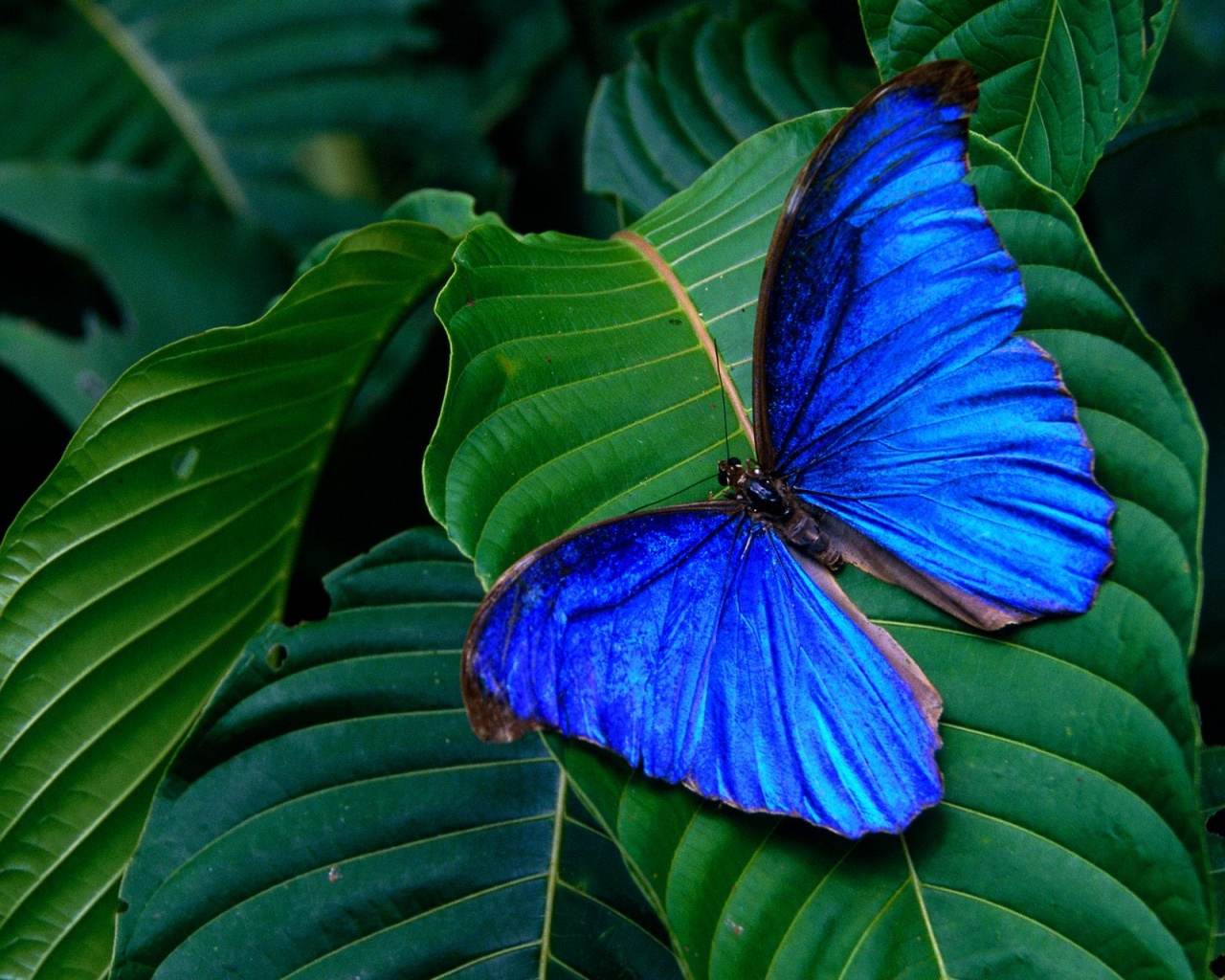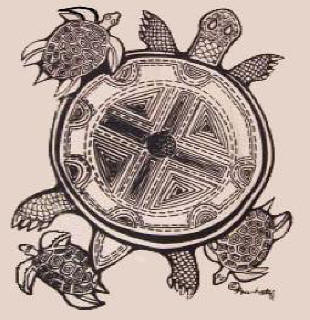 |
LITR 4231 Early American
Literature Research Posts 2014 (research post assignment) Research Post 1 |
 |
Stephen Rodwell
March 26, 2014
The Salem Witch Trials: How Mass Hysteria Gave Way to
Common Sense
Having only heard about the Witch Trials, and
never studying about them in any forum, I was very delighted when Prof. White
chose me to give the class reading review over Cotton Mather’s “The Wonders of
The invisible World” and the Salem Witch Trials web review. Although it is
common knowledge that the Trials were a sham and that no witchcraft ever
occurred, it is interesting to me how people can fall prey to mass hysteria and
how educated men can be the leading advocates of that hysteria. I would also
like to research the effect the witch trials had on the American Judicial
system; did the trials have any positive aspects to them in retrospect? Finally
I would like to learn about Cotton Mather after the trials, and what effect do
the trials have on Salem and the American psyche today
In my research I stumbled upon the web site of
The University of Virginia, which offers the most comprehensive collection of
original documents related to the witch trials. One very enjoyable find while
here is that the actual court documents have been photographed and are
readable. For me this is especially incredible because, as I read through the
transcripts and depositions, I could almost hear Mary Wallcot herself accuse
George Boroughs of bewitching her. Also contained on The University of
Virginia’s website is an undergraduate paper written by Rachel Walker on
Cotton Mather. Within her paper I was able to find some of the answers to my
questions concerning Cotton Mather; for instance, he had an obsession with
witchcraft, and his observations of the Goodwin family of Boston, of which he
wrote about in his book, Remarkable Providences, prior to the outbreak of
supposed witches in Salem. I also learned that Cotton Mather’s life
didn’t quite go as he had expected after the trials had ended. Robert
Calef’s book, More Wonders of the Invisible World, gives a very different
account of the witch trials, in which Cotton Mather is seen as spurring on the
execution of George Burrows, at a point when the townspeople are beginning to
doubt his guilt. Mr. Mather would eventually live a life of scorn for his part
in the witch trials and die a broken man.
Another website I found extremely
useful, and abundant with legal information pertaining to the Salem Witch Trials
is the University of Kansas-Missouri City’s law schools site. This site
contains the arrest warrants for Elizabeth Proctor and Sarah Cloyce, who were
arrested for “acts of Sundry and Witchcraft," and many of the legal documents
used to conduct the trials, including a section on lessons learned. Also
contained within this site is an example of the death warrants issued to Sarah
Good and four others that they be hanged until dead for committing the “high
crime of Witchcraft.” Another interesting find, and possibly the another answer
to one of my questions related to the reason for educated men such as the
Judges to be so eager to participate in the hysteria that the trials had
become, was simple revenge. It was Anne Putman who “claimed that, George Burrows
had bewitched soldiers during a failed military campaign
against the Wabanaki Indians in 1688-89” (U of K-MC). Author, and
historian Mary Beth Norton wrote in her book In the Devil's Snare that the
“enthusiasm of the Salem court in prosecuting the witchcraft cases owed in no
small measure to the judges' desire" to shift the "blame for their own inadequate
defense of the frontier."
In my research I found the answers to all my
questions, but the most remarkable aspect of the trials is not the trials
themselves—though bewildering on their own—but how the community of Salem
was able to recover from the “blame-throwing” that the trials had become. It is
interesting to note that there was never any witchcraft seen, performed, or
conjured up by anybody. The entire witch hunt was built upon lies, revenge, and
fueled by mass hysteria, and if I were to continue my research I would like to
know what ever happened to the accusers, the judges, and the accused who lived
after the Salem Witch Trials had ended.
Bibliography
http://salem.lib.virginia.edu/people/c_mather.html
Various, and "Famous American Trials: Salem Witchcraft Trials
1692." Salem
<http://www.law.umkc.edu/faculty/projects/ftrials/salem/salem.htm>.
Campbell, Donna M. "The Salem Witch Trials." Literary
Movements. Dept. of English, Washington State University “The
Wonders of The Invisible World,” Cotton Mather, 1692
|
|
|
|


